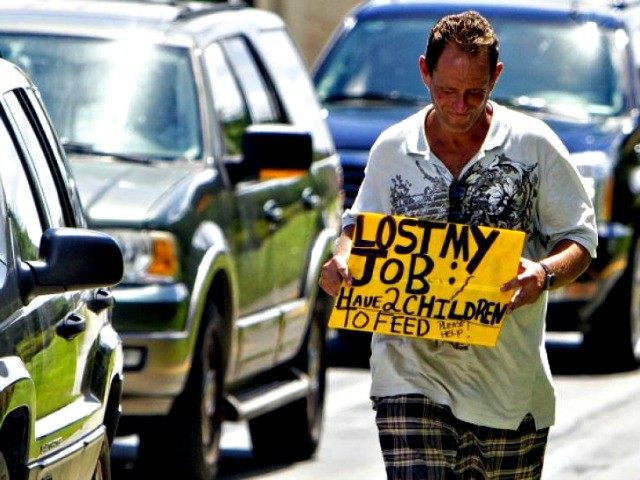Oppressive government regulations and taxes beating down Upstate New Yorkers have assaulted the region for years, leaving cities like Binghamton on the path to Detroit-level devastation. However, all is not lost. The hope of prosperity is evidenced in the success of less regulated and prosperous Native American tribe businesses in the state.
The Upstate cities of Rochester, Buffalo, Syracuse, and Binghamton have experienced poverty levels upwards of 30 percent in 2013, all having increased from 2010 levels, according to U.S. Census data. Detroit sits at a 39.3 percent poverty rate with Syracuse, Binghamton, and Rochester right behind at levels of 34.6 percent, 33.3 percent, and 32.9 percent respectively.
Detroit edges out the others in home ownership, with 52 percent homeowner-occupied housing between 2009 and 2013, whereas the New York cities mentioned host rates as low as 39 percent. Each city had a similar population density to Detroit.
Jobs, income, and residents in the former agriculture and manufacturing-leading Upstate New York regions have been experiencing the pain of government overreach for over 50 years, argues a Deseret News article.
“Basically what you’ve got in New York is a state tax code and regulatory regimen written for New York City,” Joseph Henchman, vice president for state projects at the Tax Foundation in Washington, told the paper. “Legislators say, `Look, New York is a center of world commerce. Businesses have to be here. It doesn’t matter how high we tax them.’ I hear that a lot. But when you apply that same logic to upstate, the impact is devastating.”
Similar to the exodus seen from California, businesses have forsaken the Upstate region for more friendly venues. “In 1988, Kodak employed 62,000 people in Rochester, ” Rochester Business Alliance president Sandra Parker told Deseret News. “Today it employs 4,000. Xerox has moved most of its people out while Bausch & Lomb, which was founded in Rochester in 1858, has left entirely.”
Highly restrictive election laws leave New York with the most entrenched state legislature in the nation. Tax reform ballot initiative prohibition has also hindered reform, while the state is one of the most liberal spending states in the nation.
Medicaid provides one example of reckless spending. New York spends $53 billion to serve 5.6 million people, twice the national average, according to the New York State Department of Health. The $9,800 per recipient cost soars above even California’s $4,100 per recipient, despite California’s Medi-Cal system providing better service.
New York comes in 50th of 50 for business climate in the 2013 Tax Foundation rating.
Turning Stone resort is cited as an example of the potential for success in New York. Just 20 miles from increasingly poverty-depressed Syracuse, the Oneida are employing 4,500 people despite being a tribe of only 1,000 members.
Freedom from volumes of state laws and taxes has encouraged the prosperity of the tribe’s businesses. Manhattan Institute scholar Fred Siegel’s encouraging words close out the Deseret News piece with the counsel, “There is a huge entrepreneurial spirit in this state. We just have to find a way to unleash it.”
Organizations like Toyota, Kodak, and Xerox have demonstrated that businesses will continue to seek states that provide the freedom that has marked this nation. Increased liberation from burdensome taxes and regulations in the depressed regions across the country could, as evidenced, provide the rising tide that lifts all boats, instigating people to lift themselves out of oppressive poverty. It’s the recipe for success that offers citizens throughout America the greatest hope of rising from the economic ashes.
Follow Michelle Moons on Twitter @MichelleDiana

COMMENTS
Please let us know if you're having issues with commenting.